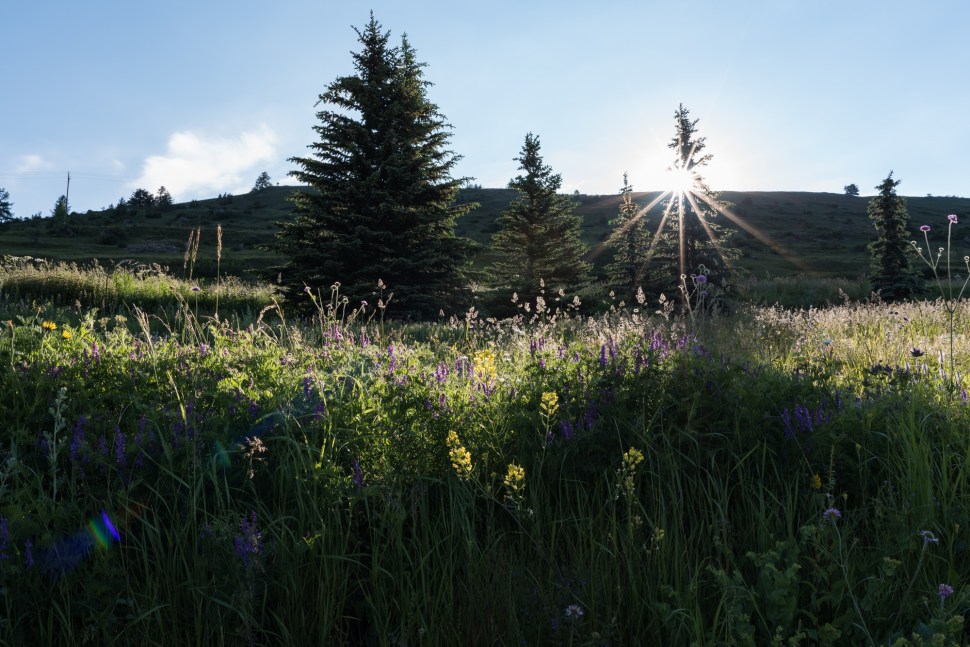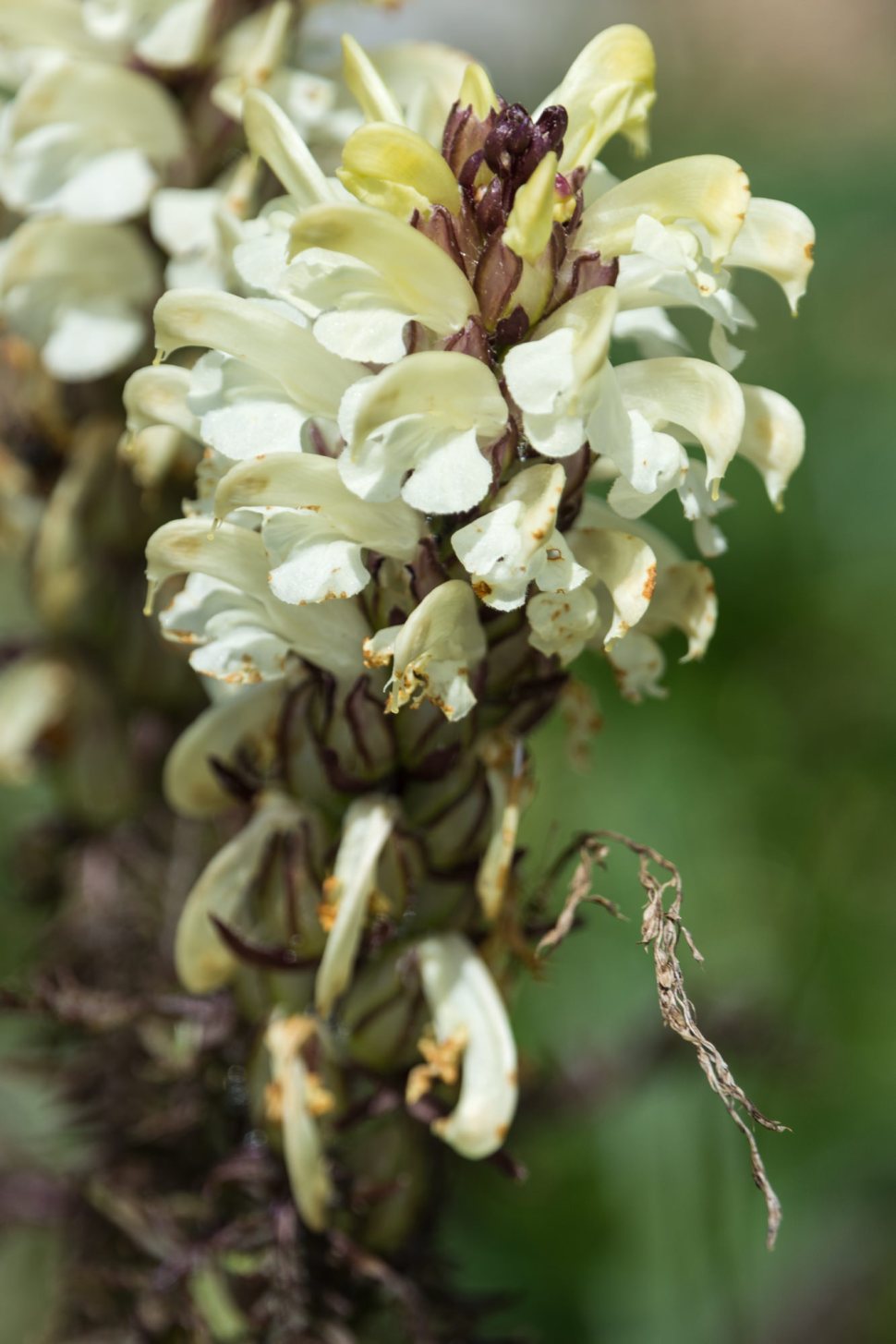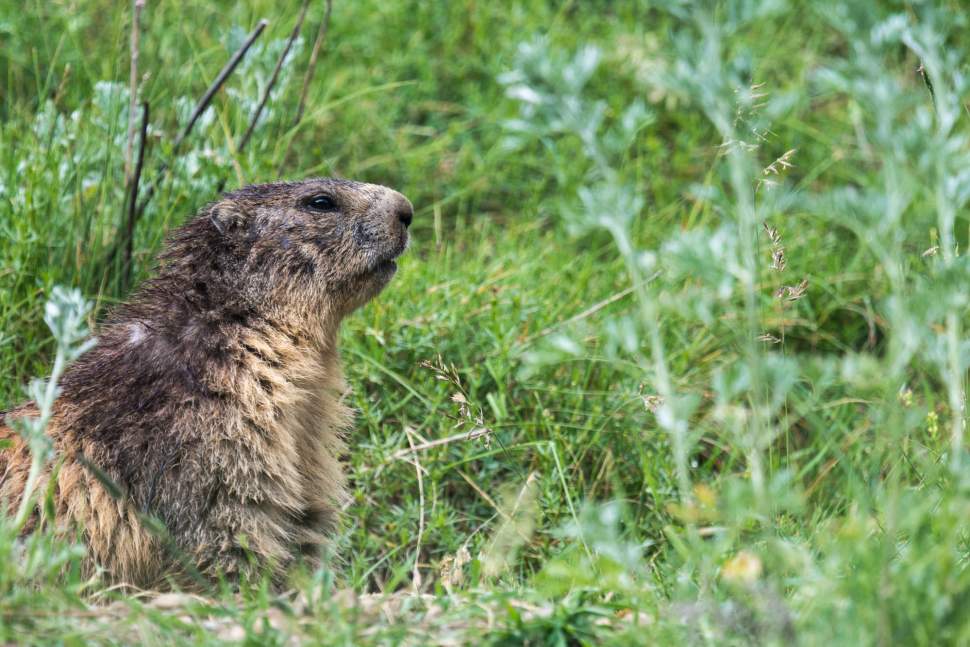The valley of l’Aigue Agnelle in the Queyras Alps was one of the places I was saddest to leave behind without further exploration during last year’s Turin-Nice Alpine traverse. It therefore seemed a natural choice as a crossing and pausing point for a motorised journey as I weighed up alternatives to seven miles of subterranean, polluted anxiety in the infamous Mont Blanc tunnel. And I was in good company — rising from Château-Ville-Vielle to the Col Agnel/Colle dell’Agnello (depending on linguistic preference) at the Italian border in the French Hautes-Alpes, the valley is among those hypothesised to have been used by Hannibal in his own Alpine crossing via the recently installed favourite Col de la Travesette en route to trounce the Romans at Trasimeno.
While most of Europe sweltered in a seasonal heatwave, the flower-filled high Alpine pastures featured cooling breezes and refreshing nighttime chills. The regional natural park of Queyras has 28 official trails. We naturally chose the one beginning near the excellent Chanterane campsite in the village of Pierre-Grosse. It climbs to the summit of La Gardiole de l’Alp at 2,789m, follows a sharp ridge and then descends back to the valley road via the hamlet of Le Coin.
Pierre-Grosse’ neighbouring big sister, Molines-en-Queyras, with its delightful boulangerie-patisserie and summer pizza and beer truck, is around a mile away via a stunning walk that, in summer, features red-backed shrikes, marmots and crag martins.
 Alpine style in Pierre-Grosse
Alpine style in Pierre-Grosse
 Just downstream of the campsite
Just downstream of the campsite
 Fontgillarde is the last habitation before the Col Agnel/Colle dell’Agnello
Fontgillarde is the last habitation before the Col Agnel/Colle dell’Agnello


 Between Pierre-Grosse and Molines-en-Queyras
Between Pierre-Grosse and Molines-en-Queyras


 Views up the neighbouring valley toward Saint-Véran, the third highest village in Europe
Views up the neighbouring valley toward Saint-Véran, the third highest village in Europe



 Around Molines-en-Queyras
Around Molines-en-Queyras
 Beginning the ascent of La Gardiole de l’Alp
Beginning the ascent of La Gardiole de l’Alp



 The trail climbs through woods, across pastures and, finally, over rocky screes
The trail climbs through woods, across pastures and, finally, over rocky screes
 The summit affords 360 degree views of the peaks and valleys of the Queyras and Ecrins massifs
The summit affords 360 degree views of the peaks and valleys of the Queyras and Ecrins massifs




 The path continues along the spectacular ridge with sheer drops on both sides
The path continues along the spectacular ridge with sheer drops on both sides



 Far below is the valley road rising from Fontgillarde to the Col Agnel/Colle dell’Agnello
Far below is the valley road rising from Fontgillarde to the Col Agnel/Colle dell’Agnello

 Monte Viso, standing 500m above the surrounding range, on the horizon
Monte Viso, standing 500m above the surrounding range, on the horizon

 The descent, with excellent views of the Col Agnel, is through more flower-covered pastures
The descent, with excellent views of the Col Agnel, is through more flower-covered pastures
























 A small, random selection of some of the Artic-Alpine and meadow flowers encountered
A small, random selection of some of the Artic-Alpine and meadow flowers encountered
 There were thousands of these small, unidentified moths
There were thousands of these small, unidentified moths
 Green hairstreak
Green hairstreak
 Glanville fritillary
Glanville fritillary
 One of the crag martins that were nesting in villages and hawking for insects over pastures
One of the crag martins that were nesting in villages and hawking for insects over pastures


 Alpine marmots, large ground squirrels that spend summer munching through the lush vegetation before, at their autumn fattest, retreating underground to overwinter
Alpine marmots, large ground squirrels that spend summer munching through the lush vegetation before, at their autumn fattest, retreating underground to overwinter